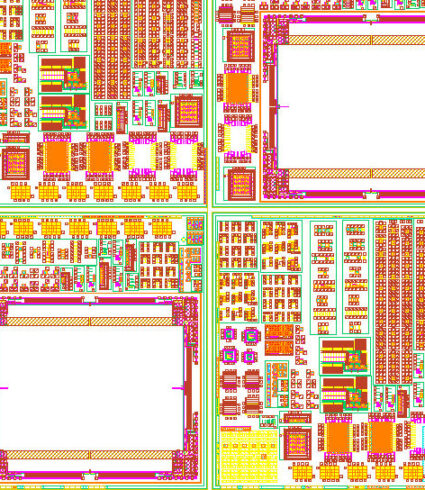Integrated circuit chip technology that will transcend silicon’s limitations

What it is
An integrated circuit chip design that combines compound semiconductors with a silicon complementary metal-oxide semiconductor, or CMOS, the technology used in most of today’s integrated circuits.
Why it matters
The development of strained silicon technology more than 20 years ago by MIT’s Eugene Fitzgerald, the Merton C. Flemings-SMA Professor of Materials Science and Engineering, overcame then limits on the number of transistors on a computer chip. That enabled the continuation of Moore’s Law, which held that the number of transistors on a chip would double every 18 months. But now, silicon and compound semiconductor devices—made of two or more materials—have reached their natural limits. On their own, they can’t deliver the necessary functionalities needed to take the next leaps in innovation. Fitzgerald, also CEO and director of Singapore MIT Alliance for Research and Technology (SMART), is working on an integrated circuit chip design that surpasses silicon’s natural capacity. The higher-performance compound semiconductors in integrated silicon circuit designs will make it possible to deliver the chips that will drive new innovations in product, system, and software design. These chips will define the next generation of user interfaces for virtual and augmented reality and 5G and 6G connectivity applications.
What’s next
A few years ago, in tandem with the development of the integrated circuit chip technology, Fitzgerald and his SMART colleagues spun off a company called nsc to explore potential uses and eventual commercialization. This parallel process is itself an innovation, a recognition, according to Fitzgerald, that it’s too expensive in terms of time and opportunity cost to wait for an invention to be fully realized before actively pursuing its use for society. “We have changed the conversation about commercialization,” identifying partners early in the process. “You have to steer it toward value over time.”
So nsc is developing prototype products for the markets that the new chips will power—virtual reality headsets, for example, lighting, and smartwatches. The company is developing chip prototype designs for early customers and plans on ramping these products in manufacturing volumes.
